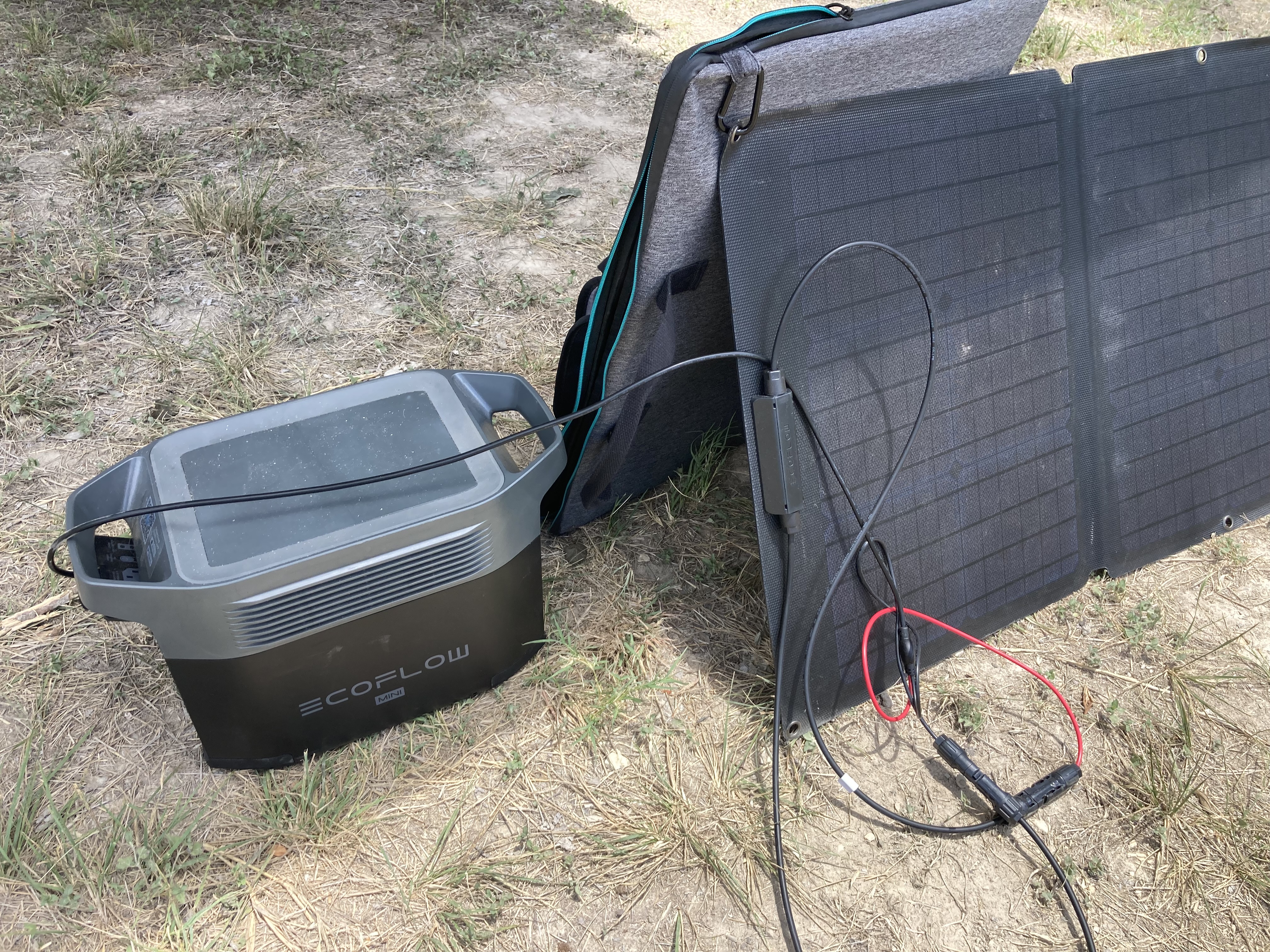Lithium
Contact
University of Arkansas System Division of Agriculture
Cooperative Extension Service
2301 S. University Ave.
Little Rock, AR 72204

Lithium
Yesterday, as I was plugging in my solar panel to recharge my lithium battery pack, I realized I was already part of the future. An electrical future. To make this future a reality some major supply chain issues will have to be confronted and solutions developed that are practical, scalable and sustainable. Perhaps answering the question of where will all that lithium come from leads the list of critical questions.
Lithium, as an element in the natural world, is not especially rare, supposedly with it occurring almost everywhere we look as a trace element. According to the physicists, it was created in the milliseconds after the Big Bang that created our universe, along with hydrogen and helium. It is the lightest of the alkaline metals, sitting above sodium in the periodic table. It does not occur as a free element in nature and, in its pure metallic state, reacts violently with water if immersed.
Biologically, lithium has no known physiological role. It is harmless in low concentrations, but can be deadly at high concentrations.
I first knew lithium as an additive to the grease we used to keep my father’s combines running. It is a great lubricant, being both waterproof and stable at high temperatures. Next I heard of it being used as a treatment for bipolar disorder. Finally, I heard mention of its use in batteries in the early 1990s when we began brandishing all those cool flip phones. Today a major use of lithium is as an alloy, with aluminum and titanium, to build lighter, stronger aircraft.
As recently as 2015 the United States was the leading supplier of lithium in the world, but because the tonnage demanded was low, that didn’t amount to much. Today we supply about one percent of the worldwide demand with Australia, Chile and China — in that order — providing the rest. China, though third in terms of lithium tonnage, dominates the lithium battery supply chain.
There are a half dozen types of lithium batteries, with lithium-nickel-manganese-cobalt and lithium-iron-phosphate batteries the most common. The average electrical vehicle contains about 22 pounds of lithium. Current EV batteries are better than ever, oftentimes outliving the design life (around 12 years) of the vehicle where they reside. Battery technology is changing rapidly with problematic components (such as cobalt) being replaced by more benign, more readily available constituents. As with most new technologies, the cost of these batteries has dropped about 30 times from their first appearance three decades ago.
Lithium is mined in two very different ways. Australia uses conventional hard-rock mining, employing strip mining techniques while Chile obtains most of its lithium by concentrating extremely saline brine solutions and then separating out the lithium from this brew. The current lithium mining in Nevada is of the hard-rock type. Extensive deposits of lithium-rich sites have been identified across the West and in North Carolina, but environmental concerns and, because many of the sites are considered sacred by native tribes, development of them will be problematic.
General Motors, which has announced plans to completely convert their fleet to all-electric by 2035, is gearing up for both domestic lithium mining and battery production. It has partnered with a firm that is planning on extracting lithium from California’s Salton Sea beginning next year. Plans are also underway to commercialize lithium extraction from subterranean saline water deposits in areas with hydrothermal activity.
At the moment, lithium batteries are cheaper when built from newly mined deposits than from recycled batteries. But the European Union is close to requiring EV battery recycling and, as the volume of batteries increases, the cost of recycled lithium should be reduced.
As a sideline observer, it seems to me there is a lot of talk about our relative vulnerability to a supply chain that is dominated by foreign sources, but so far little direct action. As electrification of our life grows by leaps and bounds, our nation needs to begin the process of pulling as many parts of this critical infrastructure home as possible. For a good review of battery technology, check out David’s Castelvecchi’s August 2021 article in Nature entitled, “Electric cars and batteries: how will the world produce enough?”
